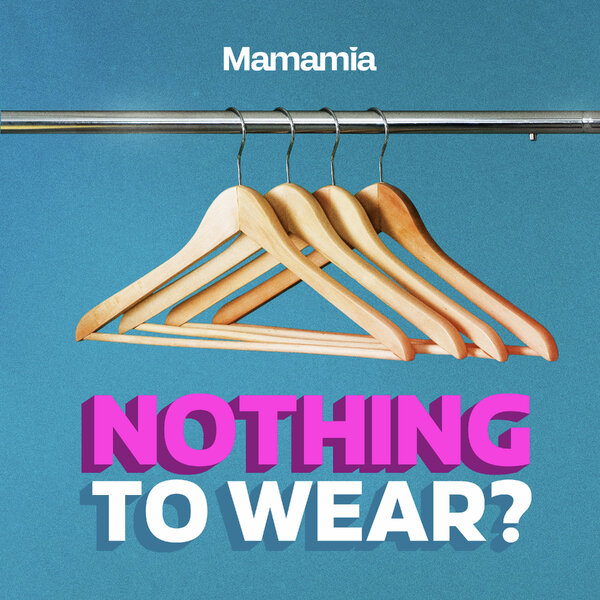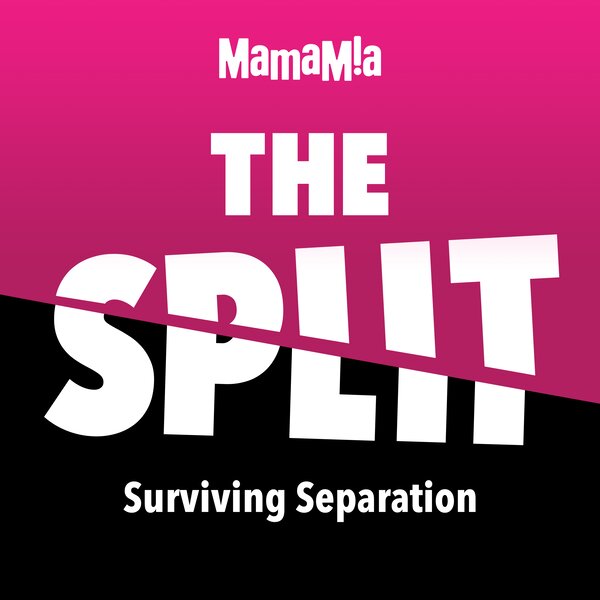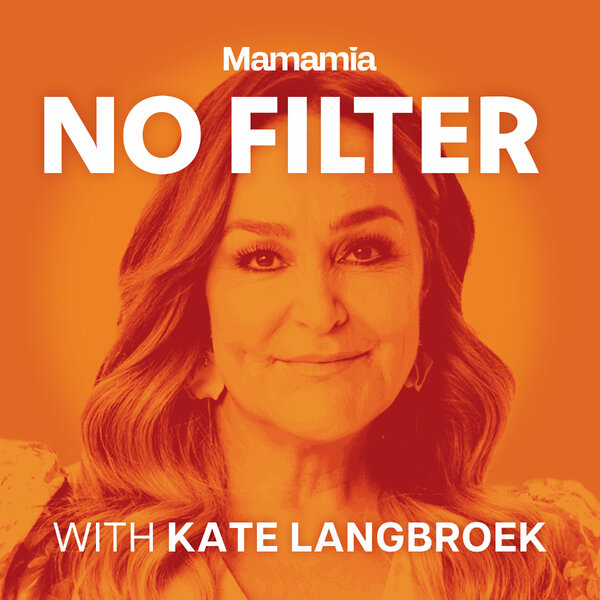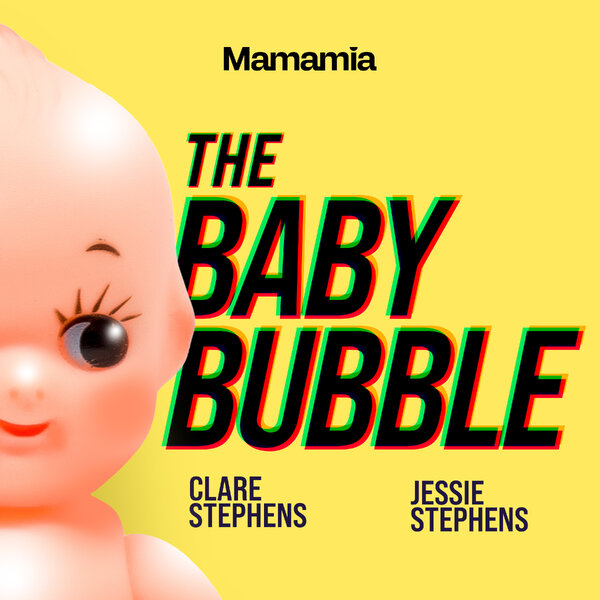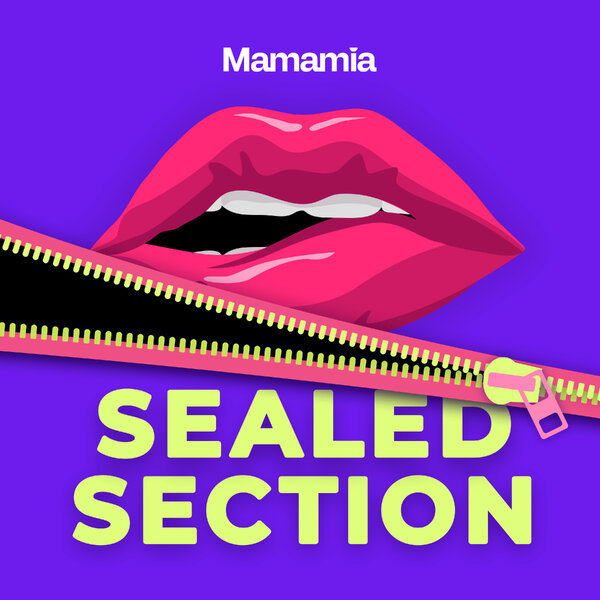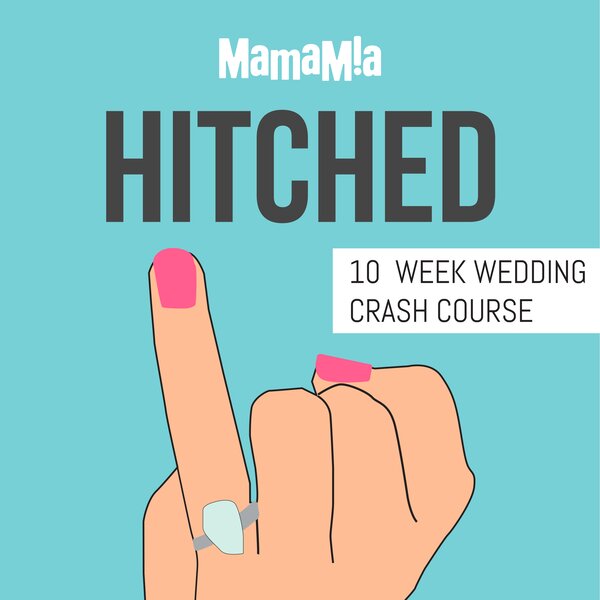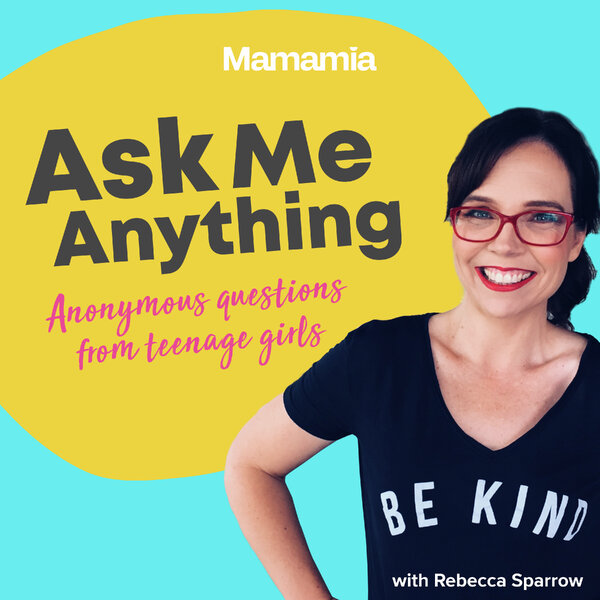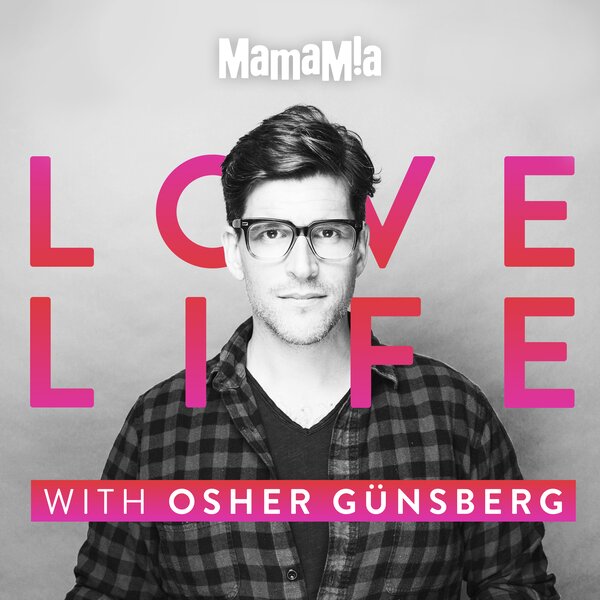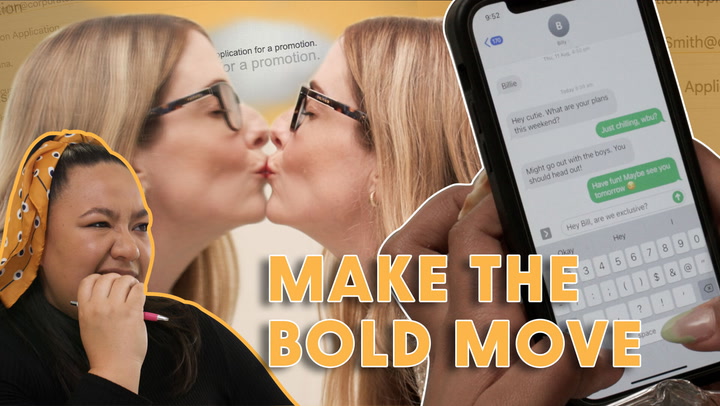
Let's be honest, talking about dressing for your body shape can instantly divide a room.
For many women, it brings up memories from the '80s and '90s, when magazines, TV, and the fashion industry constantly told us to hide our hips, flatten our tummies, or change our bodies to fit some ideal.
Fruit analogies were everywhere, reducing women's bodies to a grocery list. It's no wonder so many of us developed a complicated, even negative, relationship with the idea of body shape.
Watch the hosts of Mamamia's Nothing To Wear discuss dressing for the body you have. Post continues below.
The truth is, those old apple and pear references were never really the issue — it was how they used to make women feel like certain shapes were somehow better than others.
For years, women have been pitted against each other based on appearance and size. That's the part we're done with.
I've worked with hundreds of women as a personal stylist, and I can confidently say that dressing for your natural shape isn't about labels or outdated rules.
It's about understanding how certain silhouettes sit on your body, how fabric drapes, and how proportions create balance, all while highlighting what feels most like you.
That awareness is what makes getting dressed feel easy and empowering. I'm not saying you have to dress exclusively for your shape, but understanding it gives you the knowledge to make intentional choices, and that's where real style confidence comes from.
When I talk about body shape with my styling clients, I work from six main shapes as a reference: hourglass, rectangle, triangle, inverted triangle, oval, and diamond. But these are just starting points, not definitions.
They're visual tools that help you understand proportion and fit, not boxes you need to squeeze into.
 The different body types: circle, triangle, inverted triangle, rectangle and hourglass. Image: Pinterest.
The different body types: circle, triangle, inverted triangle, rectangle and hourglass. Image: Pinterest.
You might loosely identify with one, or even a mix of a few. That's completely normal. And the idea that, for example, a triangle shape can't wear a fitted pencil skirt? That kind of rigid rule doesn't belong in modern styling.
There are roughly four billion women in the world; it's safe to say we can't all fit into six categories. The goal isn't to fix, flatter, or slim your body, it's to create harmony.
It's about your clothes working with your proportions, not against them, so you feel confident and comfortable in what you're wearing.
And trust me, coming from someone who barely wore pants for almost 30 years and never felt confident when I did, I know how transformative this understanding can be.
 Emelisa avoided pants for years, until she discovered the styles that work for her. Image: Supplied.
Emelisa avoided pants for years, until she discovered the styles that work for her. Image: Supplied.
It wasn't until I learnt how to dress for my natural shape that pants became one of my most worn pieces in my wardrobe. That's the power of understanding your shape: it opens up more opportunities to feel confident in what you wear, rather than avoiding certain styles altogether.
Understanding your natural shape is just the starting point. From here you can start exploring fit, silhouettes and proportions, and make wardrobe choices that feel completely your own.
Start by getting to know your natural shape.
Begin by noticing your body's characteristics and proportions.
Often we choose clothes based on what we're familiar with, not necessarily what makes us feel confident. Understanding how different parts of your body relate to each other — your shoulders to your hips, your torso to your legs, your bust to your waist — can help you create a balanced silhouette, if that's what you're trying to achieve.
For example, my shape is a triangle: fuller in the lower half compared to my upper body. If I wear something low-rise, like a satin slip skirt that's very fitted, it naturally draws attention to my hips and bottom.
But when I go for a fit-and-flare silhouette, it drapes away from my hips, giving me a more balanced shape while still feeling like me.
It's small choices like this that make a real difference in how confident and comfortable I feel in an outfit.
 Small and intentional tweaks to your styling can make a big difference to how an outfit makes you look and feel. Image: Supplied.
Small and intentional tweaks to your styling can make a big difference to how an outfit makes you look and feel. Image: Supplied.
Focus on fit, not size.
When I talk about the power of the right fit, I mean how clothes sit and feel on your body.
Certain silhouettes can enhance or balance your proportions, while others can unintentionally throw them off.
It's not about picking something just because it fits you. When you settle for just okay, you will feel uncomfortable, and it will show, and you won't feel your most confident.
For example, if you feel tummy conscious, your instinct might be to reach for a mega oversized top. But going too oversized can sometimes disrupt the balance of your outfit.
A slightly more tailored piece, the right drape, or even a subtle asymmetrical tuck can do so much more; it doesn't need to be tight or restrictive.
Many women instinctively want to cover or hide, but when you wear pieces that work with your natural shape, trust me, the boost in confidence and ease in how you move and feel in your clothes is immediate.
Understand proportion and placement.
Small adjustments can make a big difference.
Where your top ends, the rise of your pants, or how much volume you wear all affect how balanced your outfit feels.
For example, if you're petite, (approx. 5'4 and under), tucking in your top and pairing it with a high-rise pant or skirt can create the illusion of height.
These little tweaks aren't about following strict rules, they're about making your clothes work with your natural shape.
 Emelia on the left in a baggy shirt and pants, unstyled. Emelia on the right in the same outfit, styled to complement her shape. Image: Supplied.
Emelia on the left in a baggy shirt and pants, unstyled. Emelia on the right in the same outfit, styled to complement her shape. Image: Supplied.
Let your personal style lead.
Understanding how to dress for your natural shape is a starting point. Yes, it's a big part of what I teach my clients in styling sessions, but it's not the entire picture.
When I work with clients, we always discuss how they want to feel and also consider their lifestyle and what they enjoy wearing. From there, we build a wardrobe that works for all of these elements.
What also helped me personally was identifying people with similar natural shapes and using them as visual references. I noticed I had wider hips, fuller legs, and a smaller waist, so I'd look at how others styled similar proportions.
Pinterest and social media became my go-to for this: seeing silhouettes and combinations I could experiment with myself.
 Image: Supplied.
Image: Supplied.
It's not about copy and paste, it's about exploring options and discovering what makes you feel confident.
Once you start experimenting, you begin to see how your natural shape can guide your choices.
For example, someone who might fall into an inverted triangle category may notice their shoulders are broader and their upper body feels more dominant than their lower half.
Traditional body shape theory might suggest avoiding anything that emphasises the shoulders, but if a structured blazer or shoulder detail makes that person feel powerful and confident, that choice takes priority over the guidelines.
The key is using your shape as a tool, not a by-the-book rule.
After more styling advice? Listen to this episode of Nothing To Wear. Post continues below.
Dressing for your natural shape isn't about following a checklist. It's about experimenting, having fun, and discovering what feels good for you.
The more you play with your wardrobe, the more confident you'll feel in the clothes you choose, and the more your personal style will shine through.
Feature image: Supplied.
